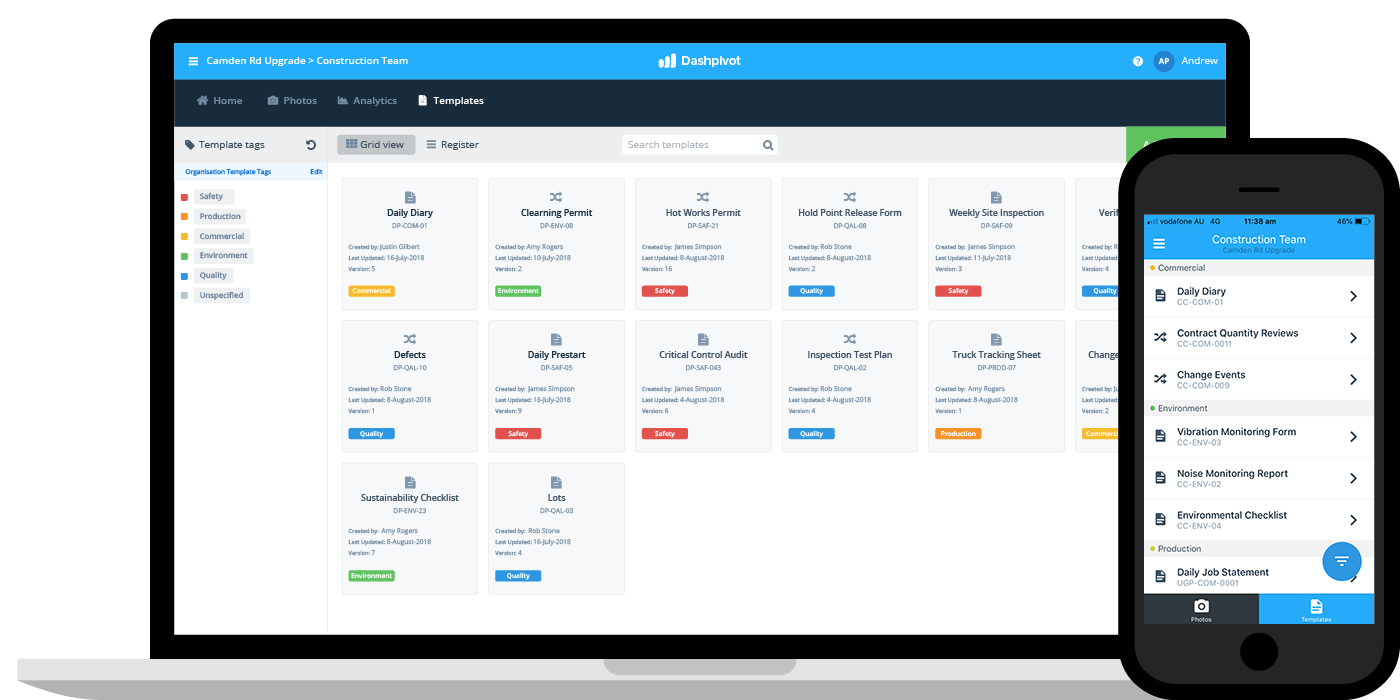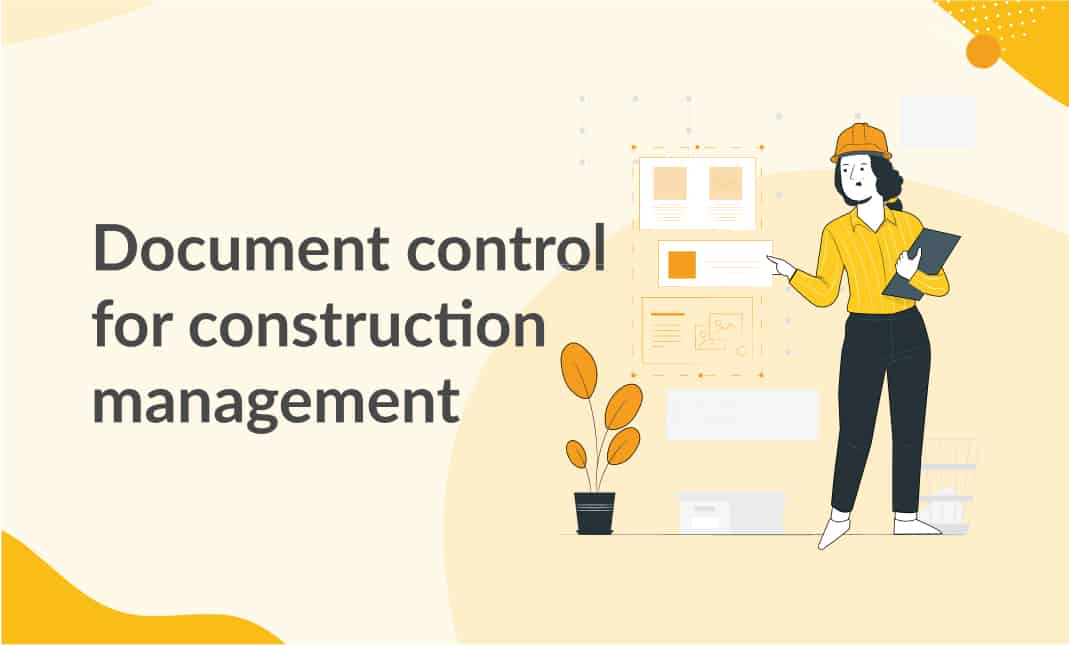Optimizing Job Collaboration: Architect's Finest Practices in Construction Document Monitoring
In the intricate realm of architectural jobs, the effective monitoring of building and construction documents stands as a cornerstone for success. In the middle of this intricacy exists an important inquiry: just how can engineers streamline partnership procedures to improve job end results?
Leveraging Cloud-Based Systems
Leveraging cloud-based platforms is a fundamental technique for contemporary designers in enhancing building paper monitoring procedures. By transitioning from typical paper-based systems to cloud services, designers can enhance cooperation, enhance paper availability, and improve general project efficiency. Cloud-based platforms offer architects the ability to shop, share, and upgrade building and construction records in real-time, ensuring that all staff member have accessibility to one of the most present info despite their area. This access advertises seamless communication and sychronisation among project stakeholders, leading to less errors and delays in the construction procedure.
Additionally, cloud-based platforms give a protected setting for keeping delicate job details, providing security, routine back-ups, and individual approval settings to shield data honesty. Designers can likewise take advantage of the scalability of cloud remedies, enabling them to adjust storage capability and functionality based upon project needs. On the whole, leveraging cloud-based platforms encourages architects to enhance their building and construction file monitoring procedures, driving greater partnership, performance, and success in their projects.
Executing Variation Control Equipment
Having established the benefits of cloud-based systems in building and construction document administration, engineers can currently enhance their file control procedures by applying Version Control Systems. Version Control Solution (VCS) are crucial tools that track modifications in papers, making certain that staff member are always functioning with the most up to date and most accurate info. By applying VCS, architects can preserve a centralized database where all task documents are stored, enabling seamless collaboration while reducing the danger of mistakes and variation disputes.
This attribute is especially valuable in building projects where layout iterations and alterations are typical. This transparency not just improves liability however also aids in solving disputes or disparities that may emerge during the project lifecycle.
Developing Communication Methods
To make sure reliable and effective project sychronisation, architects have to establish clear and robust interaction protocols within their building and construction record monitoring procedures. Interaction procedures specify the techniques, frequency, and networks via which employee exchange info, updates, and responses. One vital facet of establishing these procedures is establishing a centralized communication system where all project-related conversations and document sharing can occur. This system could be a job monitoring software, email strings, or cloud-based storage space solutions. By setting guidelines on exactly how information is disseminated and exactly how employee connect with each other, engineers can enhance the circulation of information and prevent miscommunications or delays in the building and construction process.
In addition, interaction methods need to additionally consist of guidelines on just how to manage problems, change orders, and urgent concerns that might develop during the project lifecycle. Establishing an organized technique to interaction guarantees that all stakeholders are on the same page, advertises openness, and inevitably adds to the effective conclusion of the building and construction project.
Utilizing BIM Software for Sychronisation
BIM software application plays a pivotal duty in improving coordination amongst project staff member in the building and construction market. Building Details Modeling (BIM) assists in partnership by providing a central platform where engineers, designers, specialists, and other stakeholders can interact in a coordinated manner. Via BIM software application, task individuals can access and upgrade a common version that includes thorough info concerning the building layout, building parts, and project timetables.

Furthermore, BIM software allows real-time collaboration and interaction among employee, regardless of their physical location. With cloud-based BIM platforms, task stakeholders can access the most recent project details, track modifications, and make informed choices quickly. Generally, leveraging BIM software for control enhances task effectiveness, performance, and eventually leads to effective project results.
Ensuring Information Safety and Compliance
In the world of construction paper management, securing data stability and ensuring regulative compliance are critical factors to consider for designers and various other job stakeholders. Architects need to implement robust protection steps to shield sensitive task information from unapproved accessibility or breaches. Utilizing protected cloud storage remedies with security protocols and gain access to controls can aid minimize risks related to data burglary or loss. On a regular basis updating software and systems, carrying out security audits, and offering personnel training on information safety ideal practices are vital action in keeping a safe and secure environment for construction file administration.

Verdict
In final thought, engineers can enhance task partnership in building and construction file monitoring by leveraging cloud-based platforms, applying variation control systems, developing interaction protocols, using BIM software for sychronisation, Website and making certain data protection and compliance. These finest techniques help enhance the construction process, boost interaction among job stakeholders, and boost efficiency in job shipment. By adhering to these guidelines, designers can successfully take care of construction papers and promote effective project outcomes.
With BIM visit this web-site software program, task participants can access and update a shared design that consists of thorough information about the building style, building parts, and task timetables.
With cloud-based BIM platforms, job stakeholders can access the most recent task information, track changes, and make informed decisions quickly - construction document management. Generally, leveraging BIM software program for control boosts job effectiveness, efficiency, and eventually leads to successful project outcomes
In conclusion, architects can optimize task cooperation in building and construction paper administration by leveraging cloud-based platforms, executing version control systems, establishing interaction methods, using BIM software application for sychronisation, and ensuring data security and conformity. These finest practices help simplify the building process, improve interaction among project stakeholders, and boost he said effectiveness in project delivery.